Betta fish, with their vibrant colors and flowing fins, are among the most popular freshwater aquarium species. Often kept in solitary tanks due to their territorial nature, many aquarists wonder if their bettas must always live alone. The good news is that bettas can coexist peacefully with certain tank mates, adding diversity and interest to your aquarium. This article explores compatible companions for your betta fish, helping you create a harmonious community tank while ensuring the welfare of all its inhabitants. Understanding the right combination of species and proper tank conditions is essential for success in this delicate aquatic balancing act.
Understanding Betta Fish Behavior
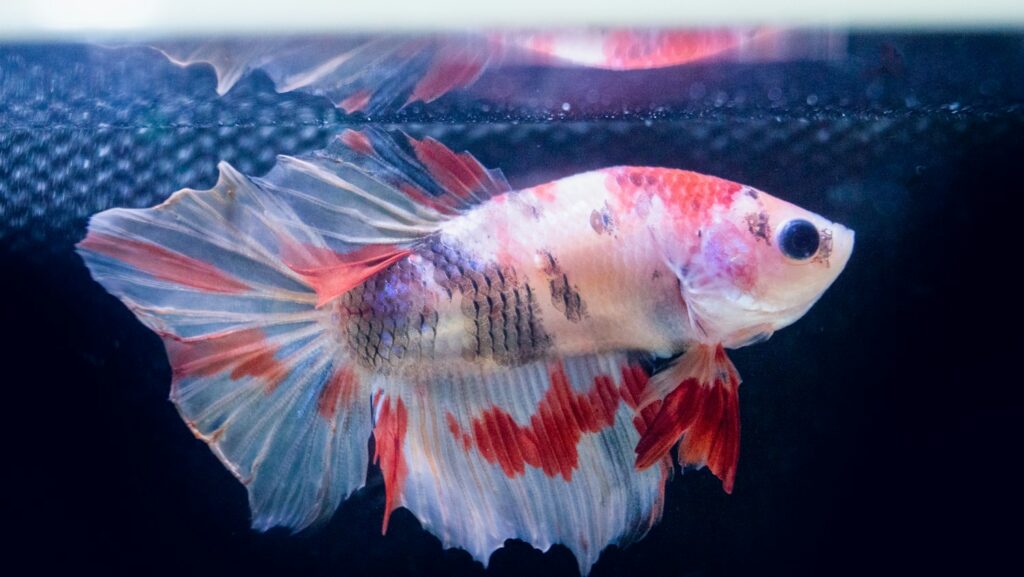
Betta fish, also known as Siamese fighting fish, have earned their reputation as territorial warriors. Male bettas, especially, are known to flare their gills and fins when they perceive a threat, which is often directed at other male bettas or fish with flowing fins that resemble their own. This aggressive behavior stems from their natural habitat in the rice paddies and shallow waters of Southeast Asia, where they establish and defend their territories. Despite this territorial nature, bettas aren’t necessarily antisocial – they simply require tank mates that won’t trigger their aggressive instincts or compete for the same resources. Understanding these behavioral patterns is the first step toward creating a peaceful community tank that includes your betta.
Tank Requirements for Betta Communities

Before considering tank mates for your betta, it’s crucial to understand that proper housing conditions are non-negotiable. A community tank with a betta should be at least 10 gallons, with 20 gallons being preferable to give all inhabitants sufficient space to establish territories. Temperature should be maintained between 76-80°F (24-27°C), with a pH level between 6.5 and 7.5. Filtration is essential, though the current should be gentle as bettas struggle with strong water flow due to their elaborate fins. Ample hiding spots in the form of live plants, caves, and decorations are vital for reducing territorial disputes and providing safe havens for both your betta and its companions. Remember that a properly sized and furnished tank significantly increases your chances of success with a betta community.
Corydoras Catfish – Peaceful Bottom Dwellers

Corydoras catfish make excellent companions for bettas due to their peaceful nature and different habitat preferences. These armored catfish primarily occupy the bottom of the tank, scavenging for food particles that sink to the substrate, while bettas prefer the middle and top water columns. Corydoras are social creatures that thrive in groups of at least three, preferably five or more, and their gentle temperament means they won’t challenge your betta’s territorial nature. Species like Bronze Corydoras (Corydoras aeneus) and Panda Corydoras (Corydoras panda) remain small enough for community tanks, typically growing to about 2-3 inches. Their constant foraging activity not only provides entertainment but also helps keep the tank floor clean of excess food, contributing to better water quality for all inhabitants.
Kuhli Loaches – The Peaceful Night Crawlers
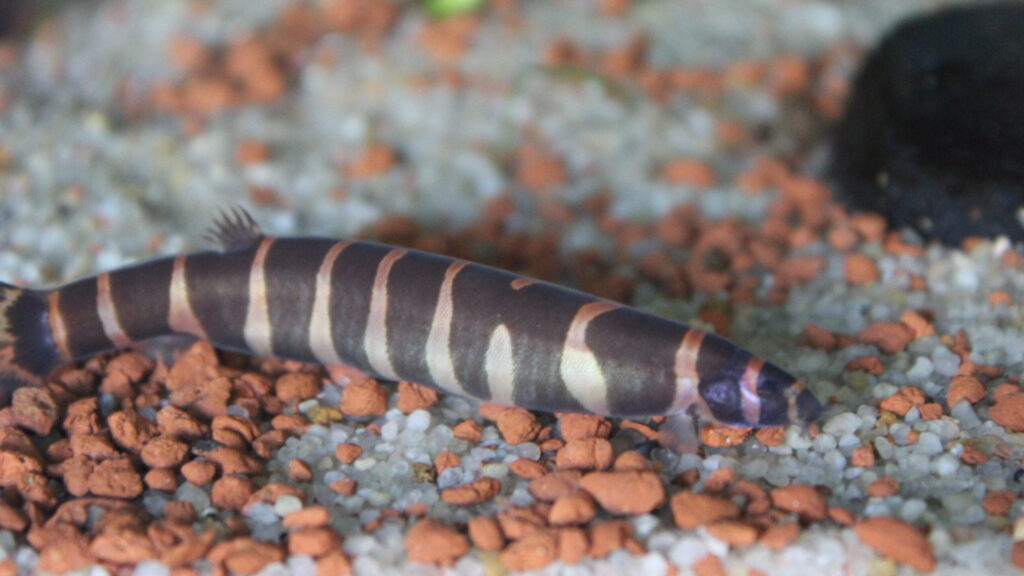
Kuhli loaches present another excellent bottom-dwelling option that coexists peacefully with bettas. These eel-like fish with distinctive striped patterns are primarily nocturnal, becoming most active when your betta is resting, which minimizes interaction between species. Growing to about 3-4 inches, kuhli loaches prefer to wriggle through substrate and hide among plants, rarely venturing into the upper water column where bettas establish their territories. They thrive in groups of three or more and will spend much of their time sifting through the substrate for food particles. Their shy nature and different activity patterns make them unlikely to trigger aggression from your betta, while their unique appearance and behavior add variety to your tank ecosystem.
Neon Tetras – Colorful Schooling Companions
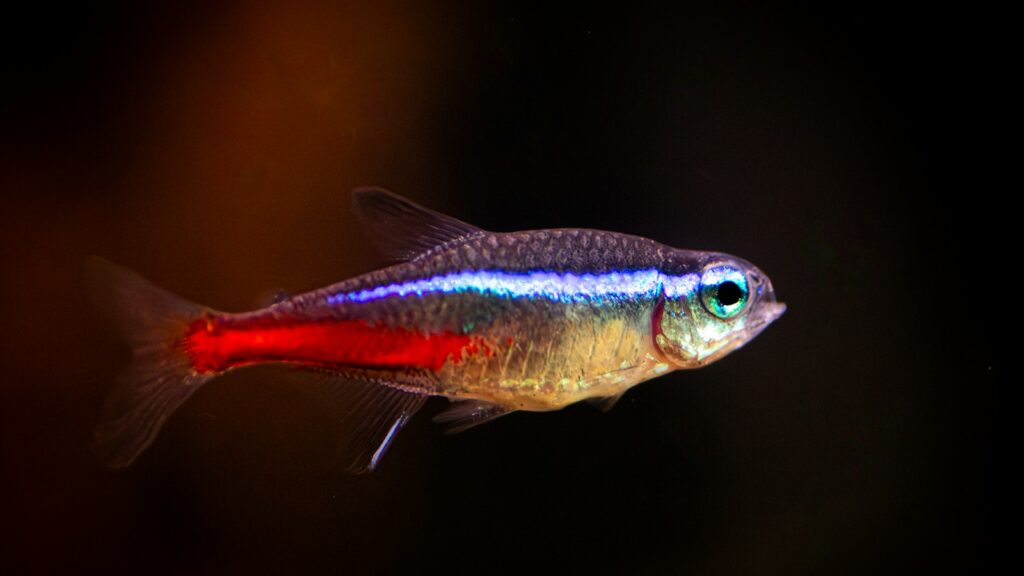
Neon tetras, with their striking blue and red horizontal stripes, add a flash of color to any community tank while generally maintaining peace with bettas. These small schooling fish prefer the middle water column and should be kept in groups of at least six to feel secure and exhibit their natural behaviors. Their diminutive size (around 1.5 inches when fully grown) and non-aggressive nature usually prevent them from becoming targets of betta aggression. However, careful observation is recommended during initial introduction, as some particularly territorial bettas might view the tetras’ bright colors as a challenge. A properly sized tank with adequate plants and hiding spaces significantly reduces the likelihood of conflicts, allowing these colorful schools to become harmonious companions for your betta.
Harlequin Rasboras – Natural Tankmates
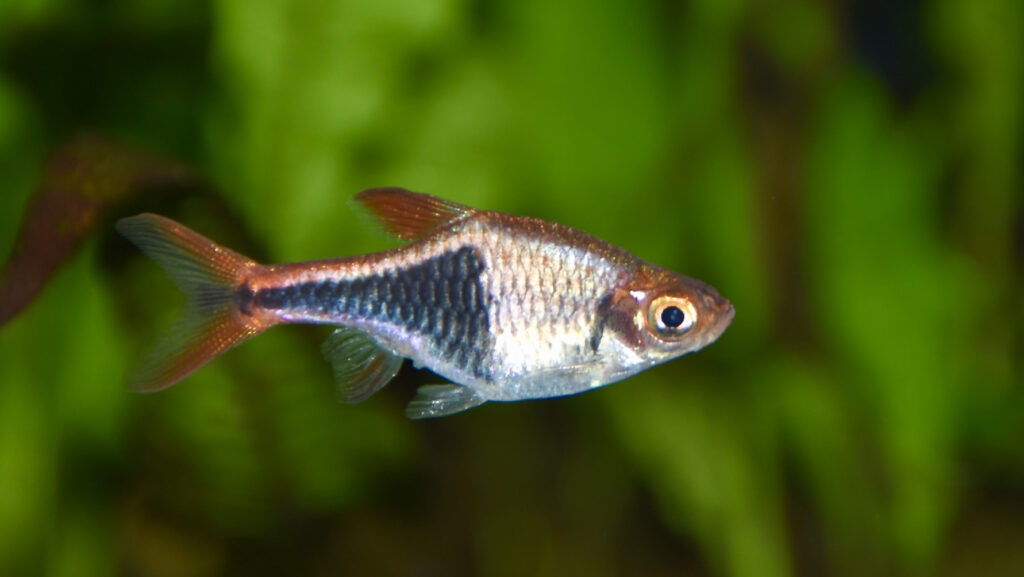
Harlequin rasboras make particularly suitable companions for bettas, partly because they naturally share habitats in the wild waters of Southeast Asia. These peaceful schooling fish feature a distinctive triangular black patch on their orange-tinted bodies, creating an attractive contrast to your betta’s flowing fins. Growing to about 2 inches, they occupy the middle water column and should be kept in groups of at least six to reduce stress and encourage natural behaviors. Harlequin rasboras are known for their peaceful temperament and tend to mind their own business, rarely bothering a betta or triggering territorial responses. Their shared environmental preferences with bettas (similar water parameters and temperature requirements) make maintenance straightforward in a community setting.
African Dwarf Frogs – Unique Non-Fish Companions
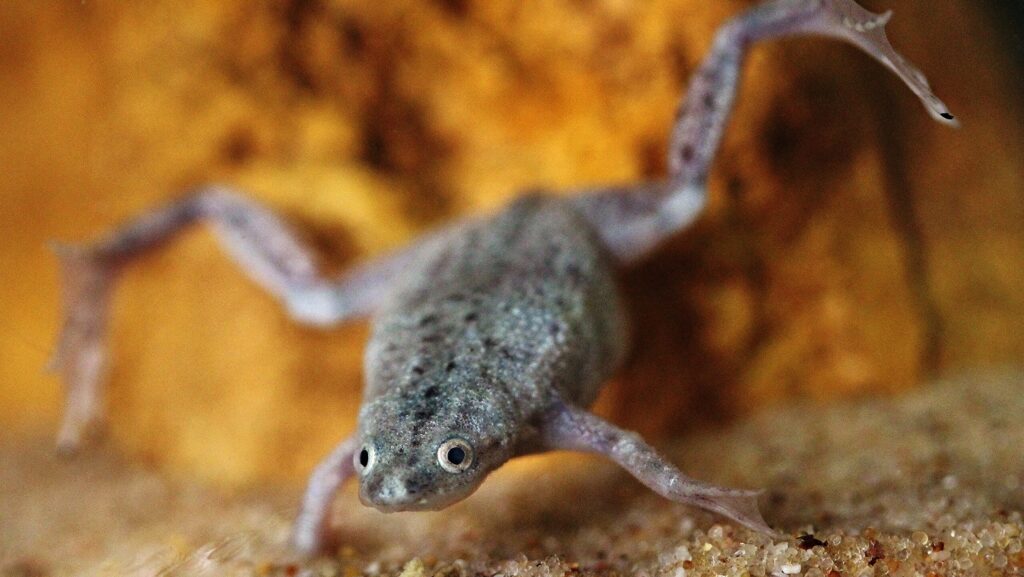
African dwarf frogs offer a fascinating non-fish option for betta community tanks, bringing diversity to your aquatic ecosystem. These fully aquatic amphibians spend most of their time at the bottom of the tank, occasionally darting to the surface for air. Growing to only about 1.5 inches, they’re too small to threaten a betta, and their slow, deliberate movements rarely trigger aggressive responses. African dwarf frogs have poor eyesight and hunt primarily by scent, which means they won’t compete with your betta for food unless you’re careful about feeding methods. Their unique behaviors, including their amusing swimming style and occasional “singing” (a humming sound sometimes produced by males), make them entertaining companions that occupy a different ecological niche than your betta.
Mystery Snails – Colorful Cleanup Crew
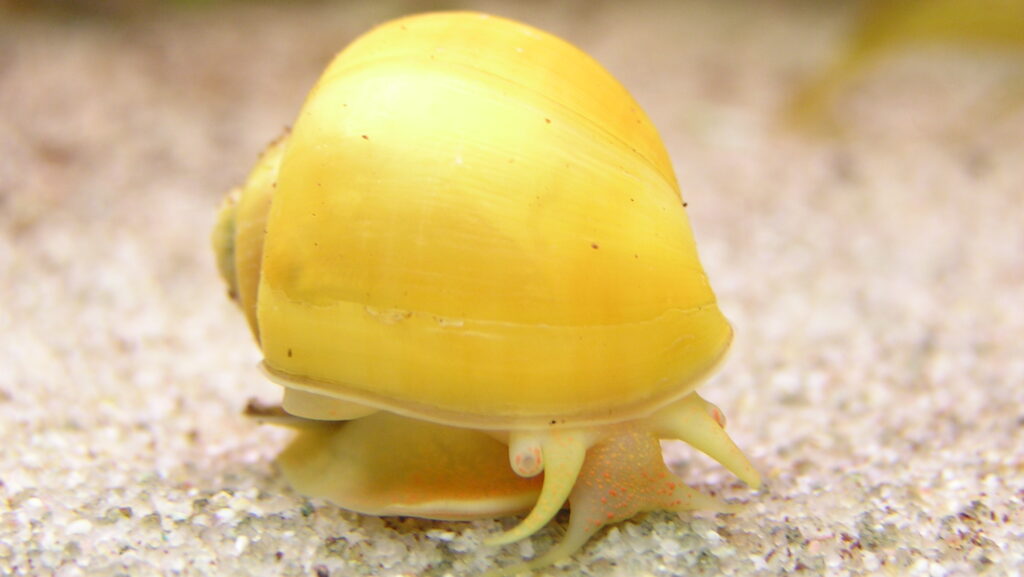
Mystery snails provide both aesthetic appeal and practical benefits as betta tank mates. Available in a variety of colors including gold, blue, ivory, and purple, these peaceful gastropods can grow to about 2 inches in diameter and spend their time grazing on algae and detritus throughout the tank. Bettas typically ignore mystery snails completely, viewing them neither as competitors nor as food due to their hard shells and non-threatening nature. Beyond their peaceful compatibility, mystery snails help maintain tank cleanliness by consuming algae and uneaten food particles that would otherwise decompose and affect water quality. Their relatively low bioload (compared to additional fish) means they don’t significantly increase the maintenance requirements of your tank, making them practical as well as decorative companions.
Nerite Snails – Algae Management Specialists
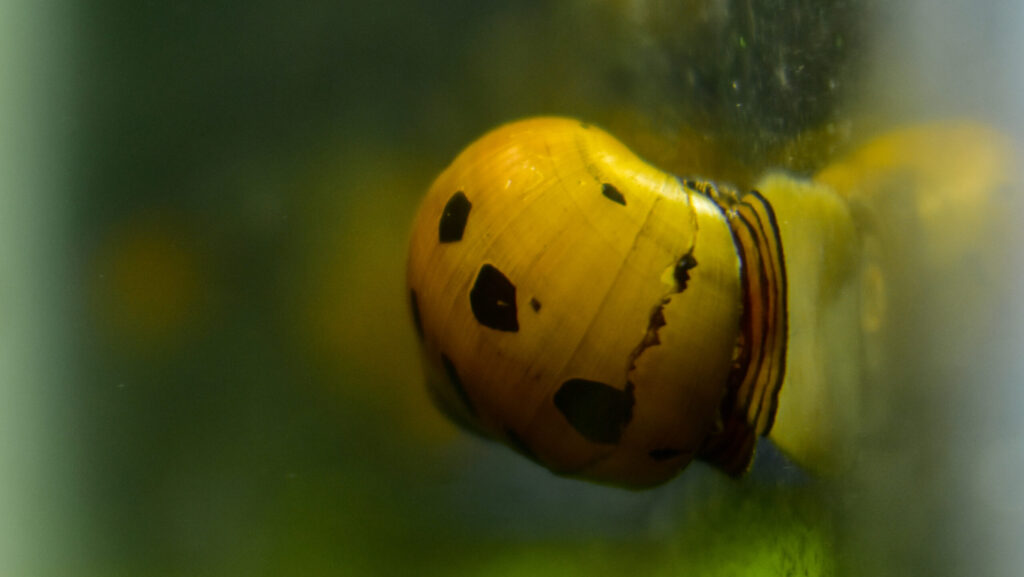
Nerite snails stand out as exceptional betta tank companions due to their unparalleled algae-eating abilities and complete peaceful nature. Unlike many aquarium snails, nerites cannot reproduce in freshwater (they require brackish water for their eggs to develop), eliminating concerns about population explosions in your community tank. Available in attractive varieties like tiger, zebra, and horned nerites, these small snails (typically under an inch) add visual interest while performing valuable maintenance work. Nerites are particularly effective at cleaning algae from glass, decorations, and plants, often reaching areas that are difficult to clean manually. Their hard shells protect them from any curious nips from bettas, and their slow movement means they won’t startle or agitate even the most temperamental betta fish.
Amano Shrimp – Transparent Tank Cleaners
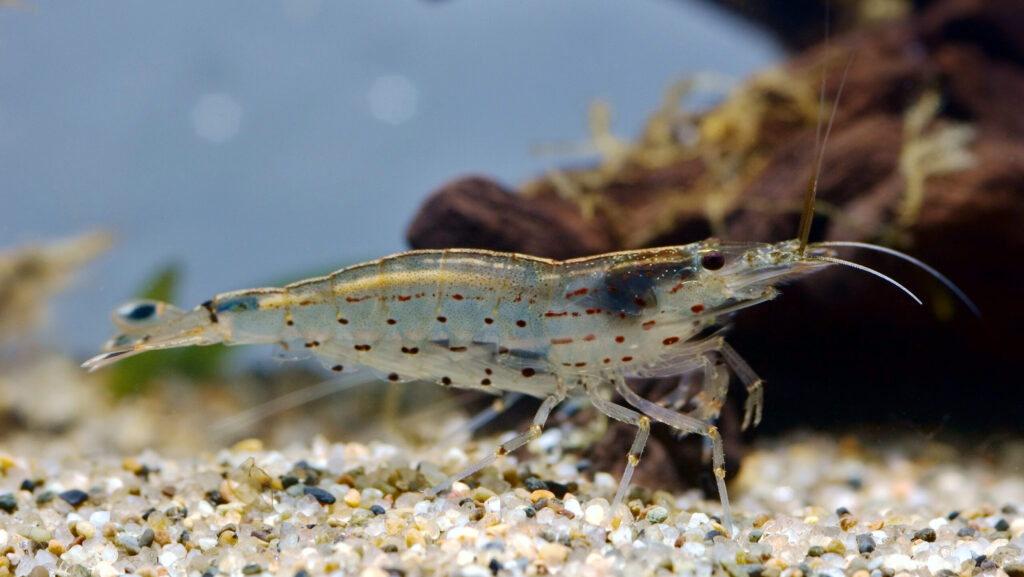
Amano shrimp can be excellent additions to betta community tanks, though success depends somewhat on your betta’s individual temperament. These larger freshwater shrimp (growing to 1-2 inches) are primarily transparent with subtle speckling, making them less likely to attract aggressive attention than more colorful shrimp varieties. Renowned for their industrious cleaning habits, Amano shrimp consume various algae types, leftover food, and detritus, significantly contributing to tank maintenance. Their size offers some protection from predation, unlike smaller shrimp species that bettas might view as snacks. Providing ample hiding places in the form of dense vegetation, driftwood, and caves gives the shrimp security while they adjust to their tank mate, increasing the chances of peaceful coexistence.
Ghost Shrimp – Budget-Friendly Cleaners
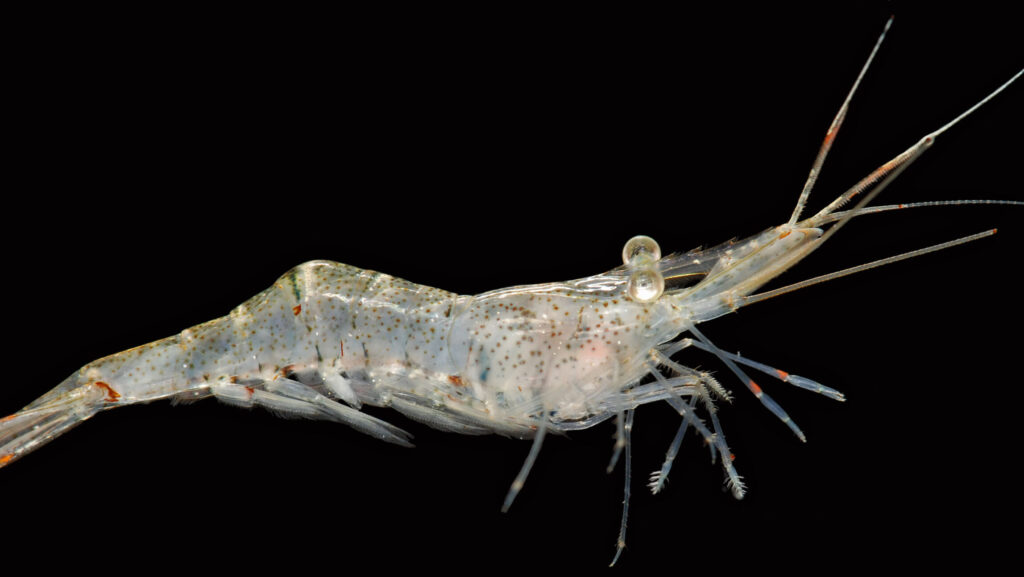
Ghost shrimp present an economical option for betta companions, though they require careful introduction and monitoring. These transparent crustaceans are readily available in most pet stores at low prices, making them an accessible option for beginning community tanks. Growing to about 1-1.5 inches, ghost shrimp spend their time scavenging along the substrate and on plants, consuming algae, detritus, and leftover food particles. Their near-transparency sometimes helps them avoid detection by bettas, though this isn’t guaranteed protection. Providing abundant plants, especially floating varieties with long roots like water sprite or frogbit, gives ghost shrimp places to hide when they feel threatened. These industrious cleaners can reproduce in freshwater under ideal conditions, potentially establishing a self-sustaining population if some offspring evade predation.
Species to Avoid as Betta Tankmates
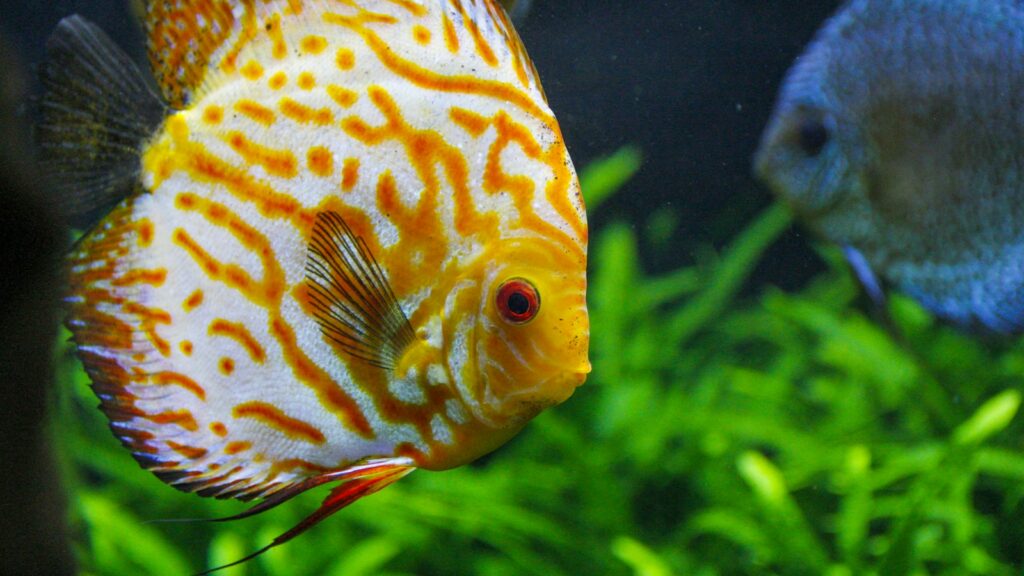
Understanding which species to avoid is just as important as knowing good companions for your betta. Fish with flowing fins or bright colors similar to bettas, such as guppies, fancy goldfish, and angelfish, often trigger aggressive responses as they’re perceived as rival males. Fast-swimming or fin-nipping species like tiger barbs, serpae tetras, and some danio species will either stress your betta with their activity or damage its elaborate fins. Other aggressive or semi-aggressive species like cichlids, paradise fish, and other bettas (particularly males) will almost certainly result in serious conflict. Additionally, avoid excessively large species that require different water parameters or produce too much waste for a typical betta-appropriate setup. Creating harmony in a community tank starts with eliminating these incompatible species from consideration.
Proper Introduction Techniques
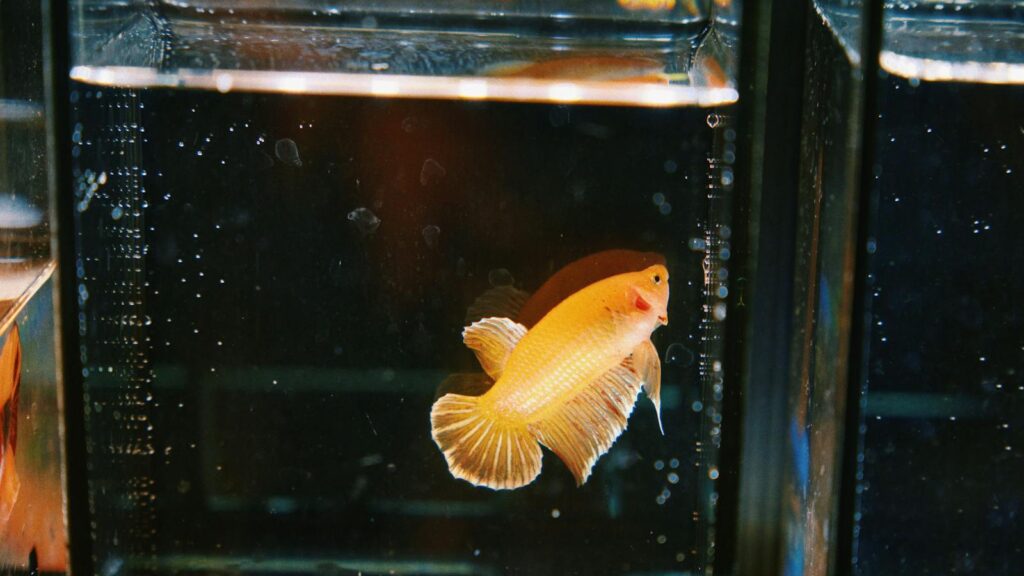
The method of introducing new tank mates can significantly impact the success of your betta community. Begin by rearranging the tank décor before adding new companions – this disrupts established territories and reduces the betta’s sense of ownership. Consider temporarily removing your betta to a separate container, introducing the new tank mates, and then returning the betta last, which may reduce territorial responses. Always acclimate all aquatic life properly to water parameters to minimize stress, which can exacerbate aggressive tendencies. Providing visual barriers with plants and decorations gives pursued fish places to hide and breaks the line of sight for an aggressive betta. Maintain vigilant observation during the first few weeks, being prepared to separate species if persistent aggression occurs that doesn’t resolve with time.
Signs of Successful and Unsuccessful Compatibility
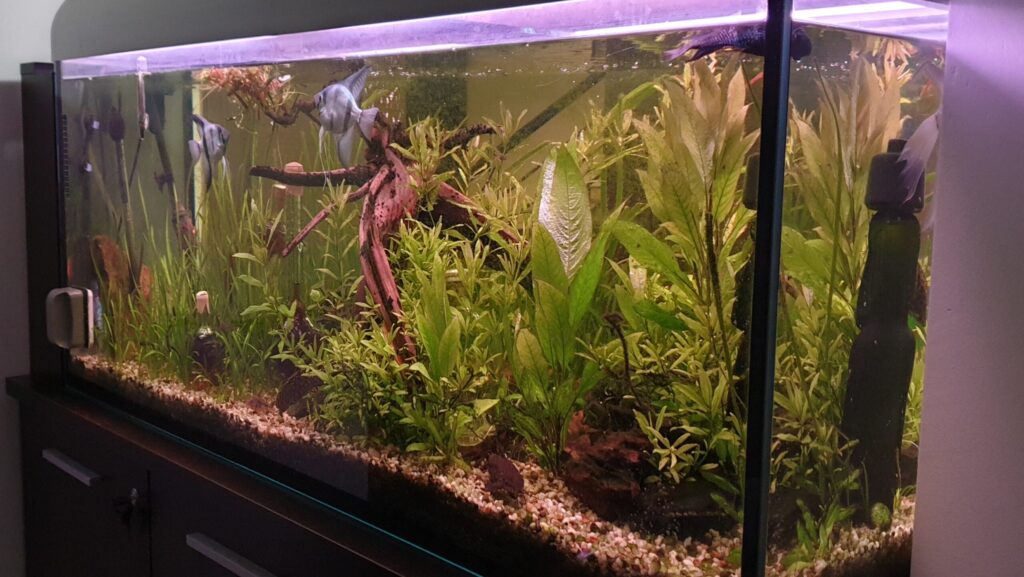
Monitoring your betta community for signs of harmony or distress is crucial during the establishment period. Positive indicators include fish swimming freely throughout their preferred water columns, normal eating behaviors from all inhabitants, and a betta that occasionally flares but doesn’t persistently chase or attack tank mates. Healthy fins on all fish and normal coloration indicate low stress levels in the community. Conversely, warning signs include a betta constantly patrolling with flared gills, tank mates hiding constantly or restricted to small areas of the tank, or any visible fin damage or missing scales. Rapid breathing, color fading, or fish clustering at the water surface (except for labyrinth fish like bettas) may indicate stress or poor water conditions that need immediate attention. A successful community will settle into a balanced routine within a few weeks, with each species occupying its ecological niche.
Creating Harmony in Your Betta Community
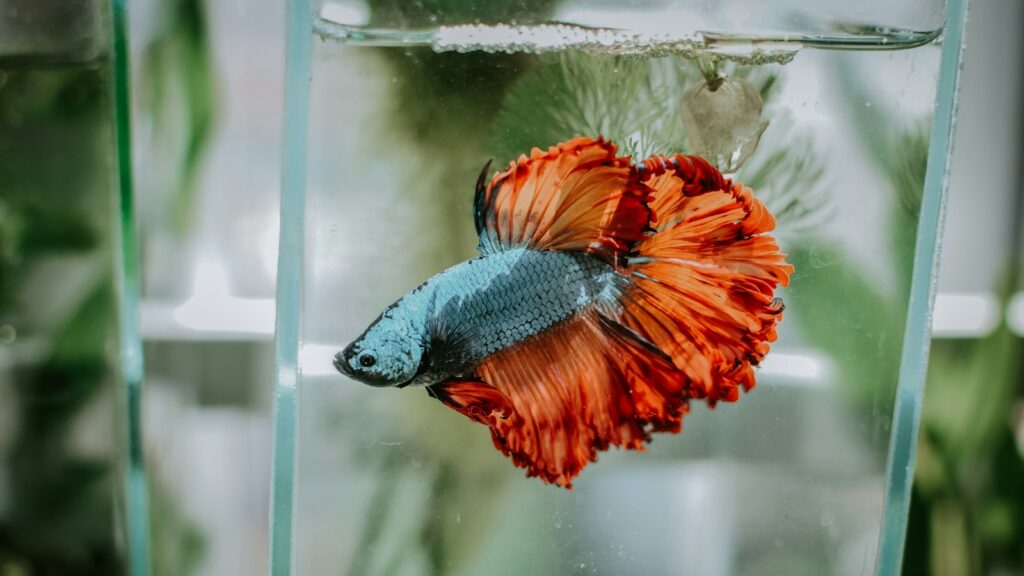
Creating a peaceful community tank with a betta fish requires thoughtful planning, appropriate species selection, and ongoing attention to dynamics. The key to success lies in understanding your betta’s territorial nature while selecting companions that occupy different areas of the tank or have complementary behaviors. Providing adequate space, numerous hiding spots, and maintaining excellent water quality significantly improves your chances of creating a harmonious aquatic community. Remember that each betta has its unique personality – what works for one might not work for another. Be prepared to adjust your approach or tank composition if needed, always prioritizing the welfare of all inhabitants. With patience and proper setup, your betta can thrive in the company of suitable tank mates, creating a diverse, vibrant aquarium that’s both beautiful and environmentally balanced.


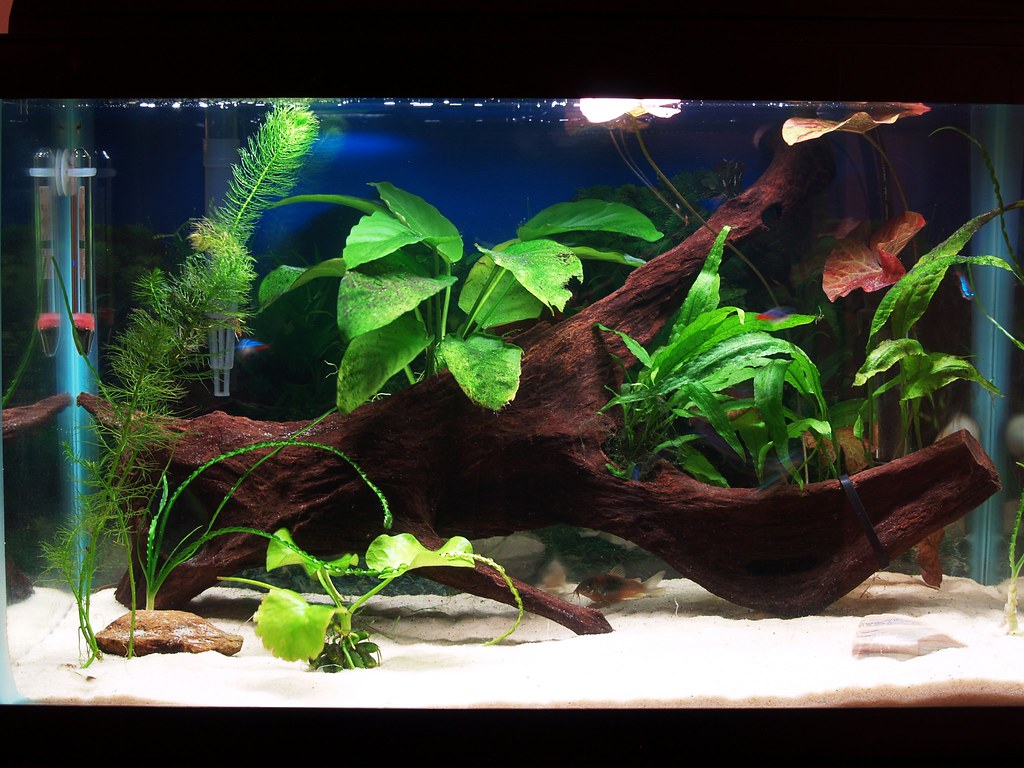
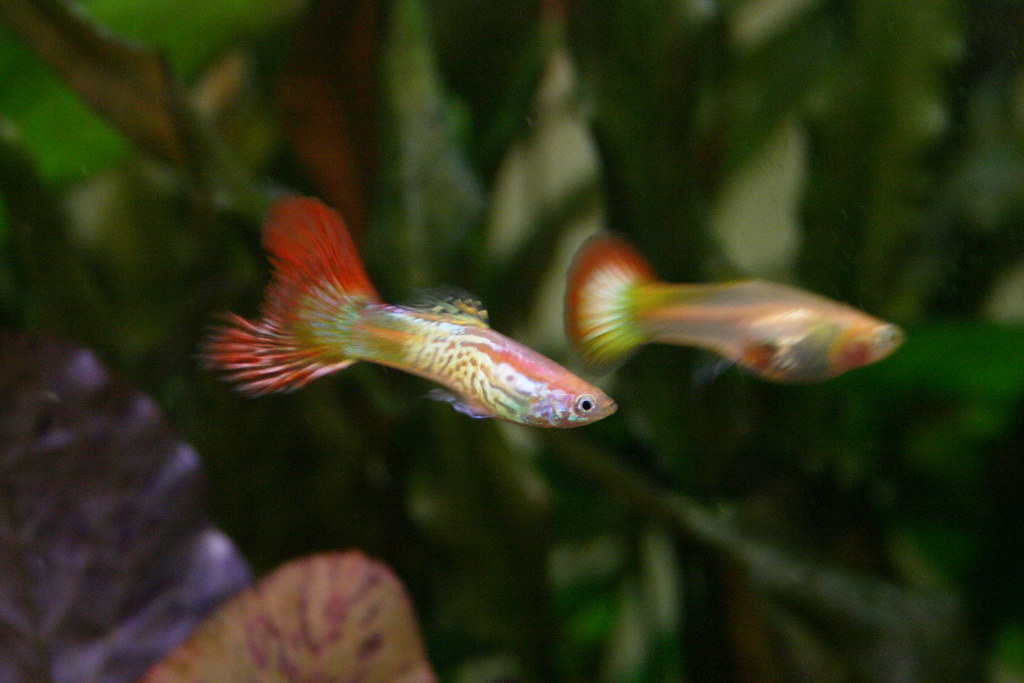


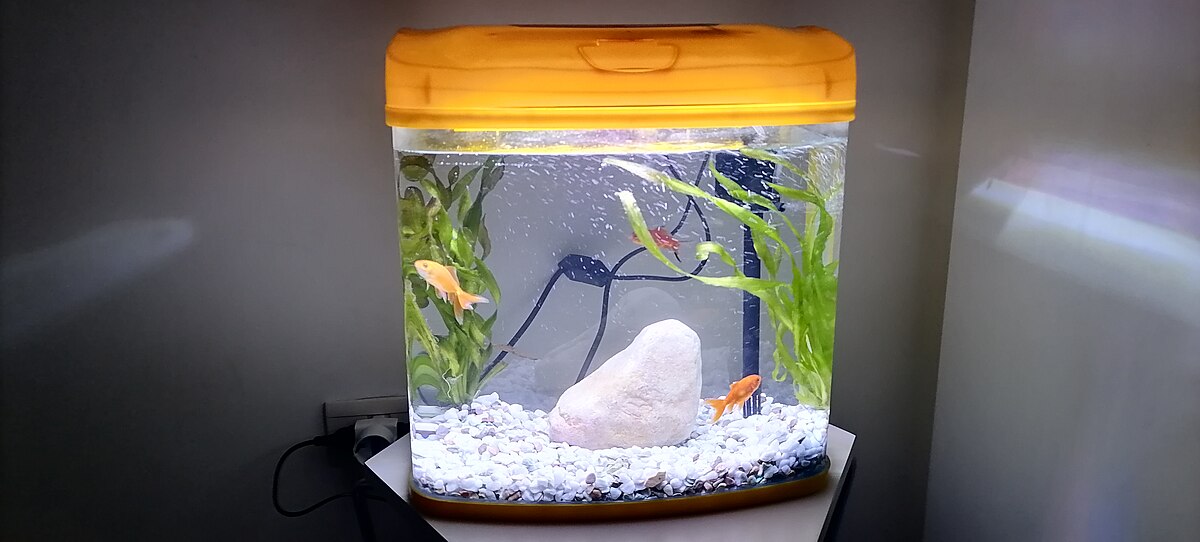
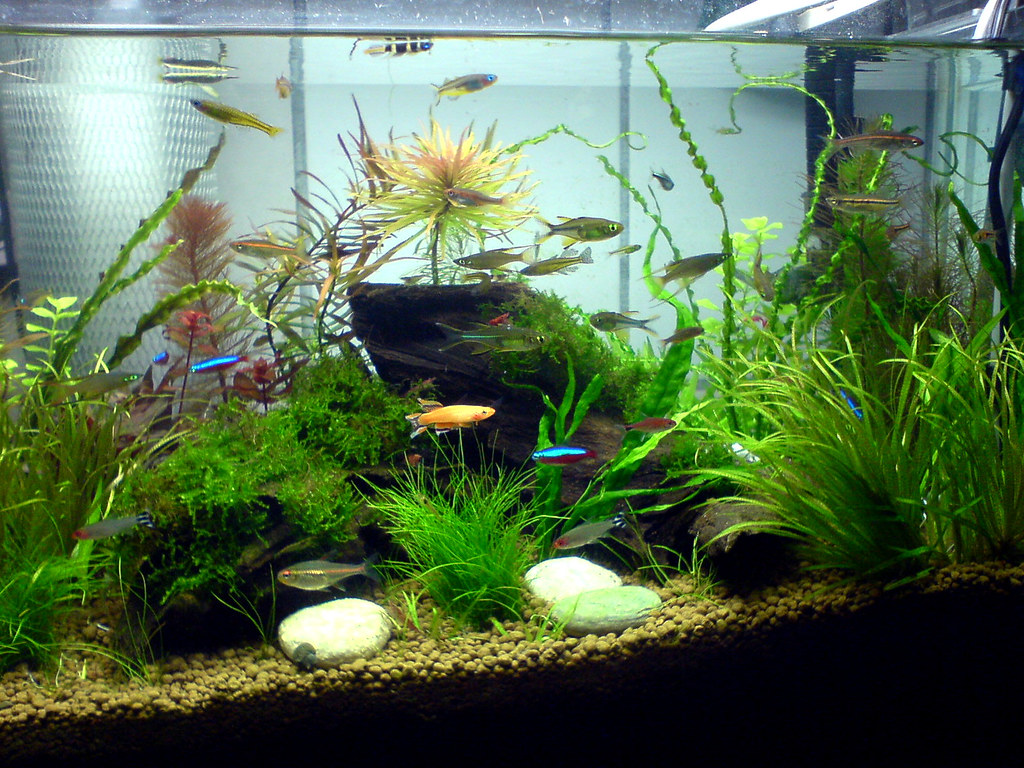
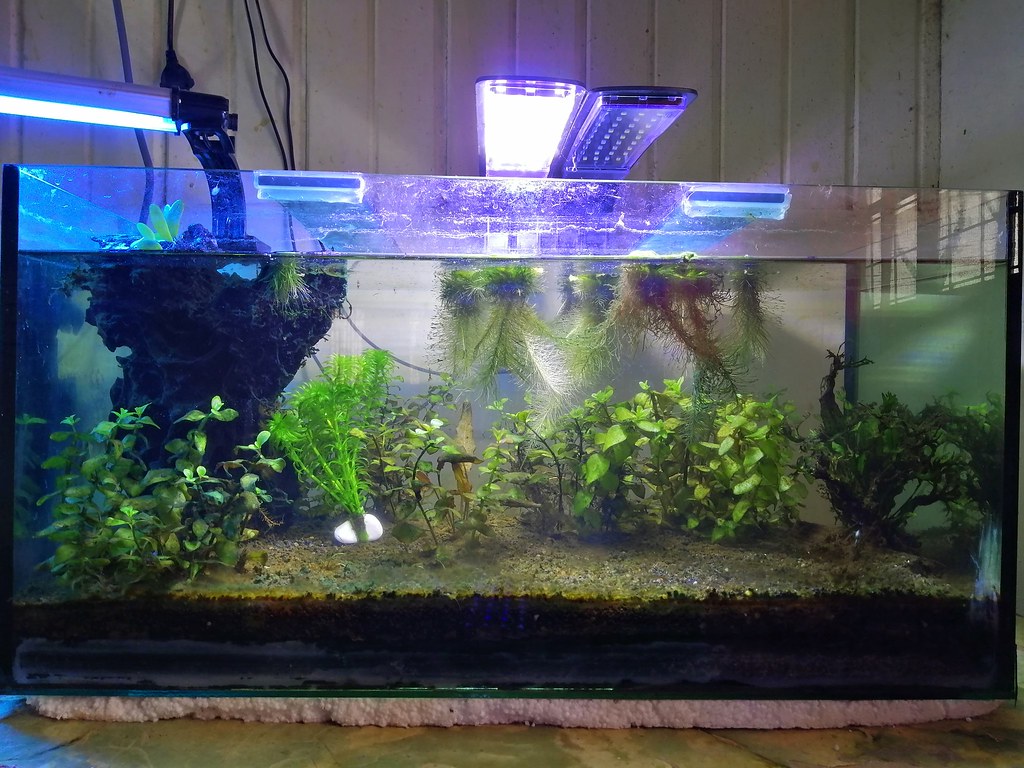
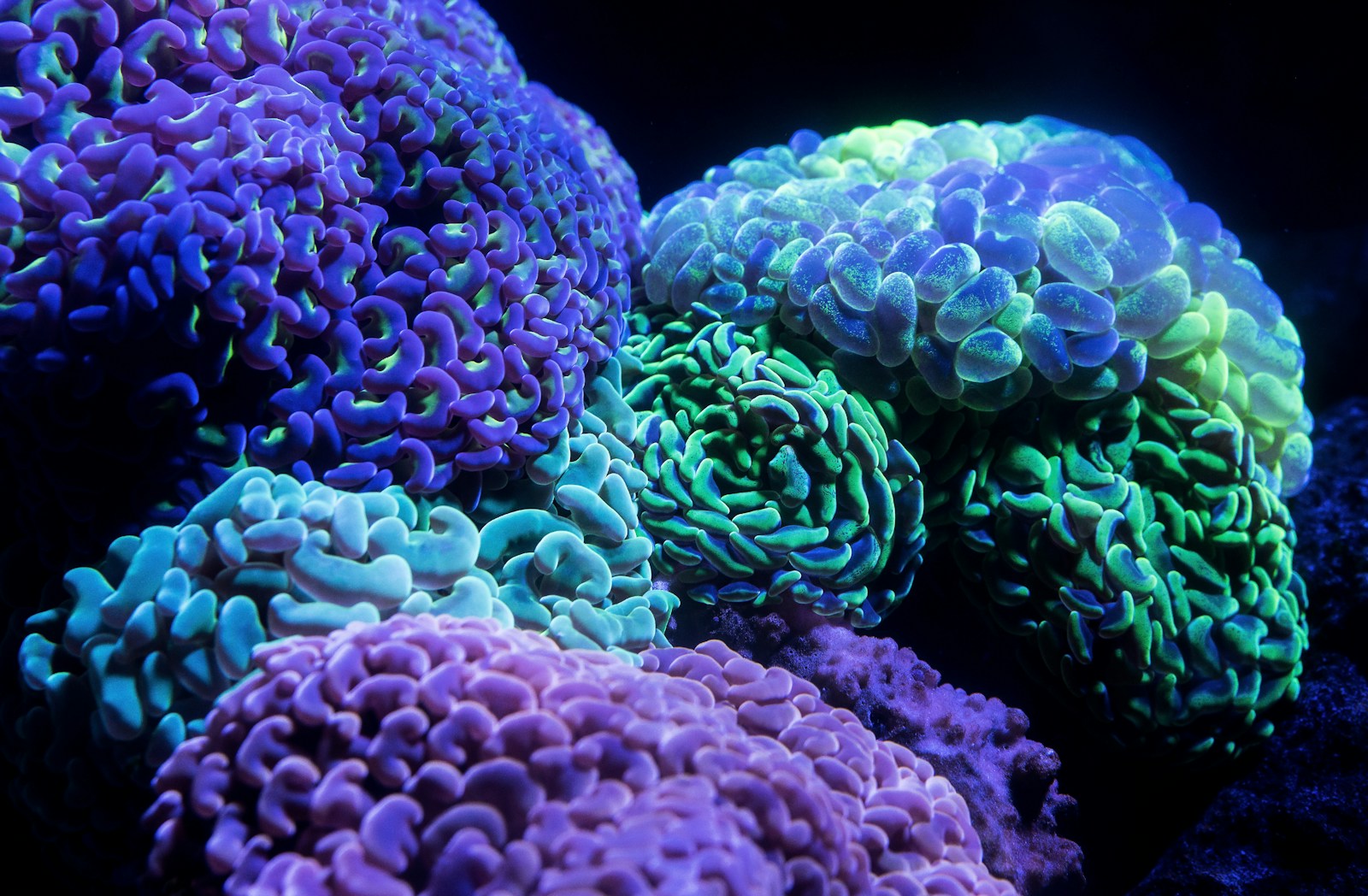

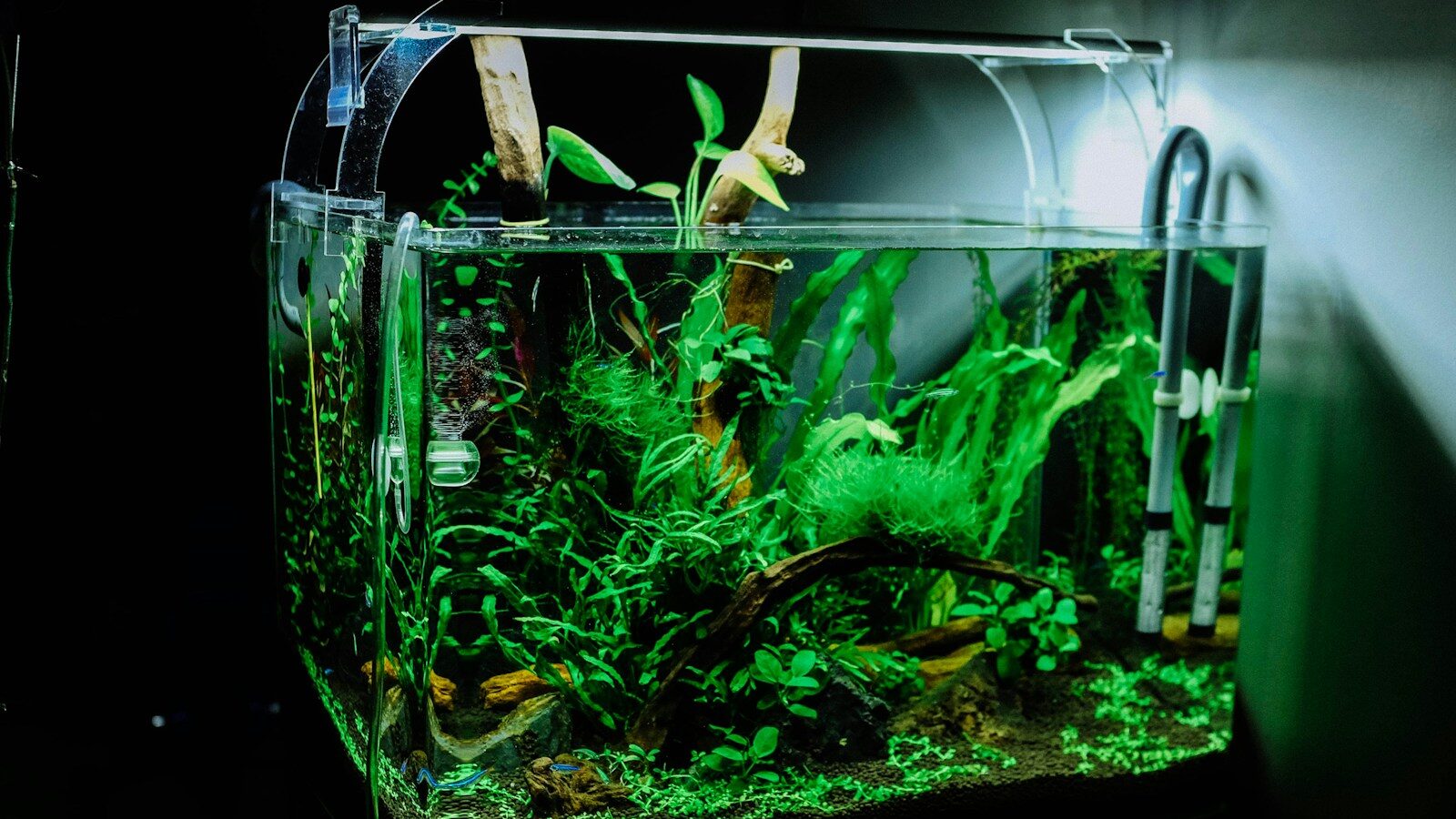




Leave a Reply